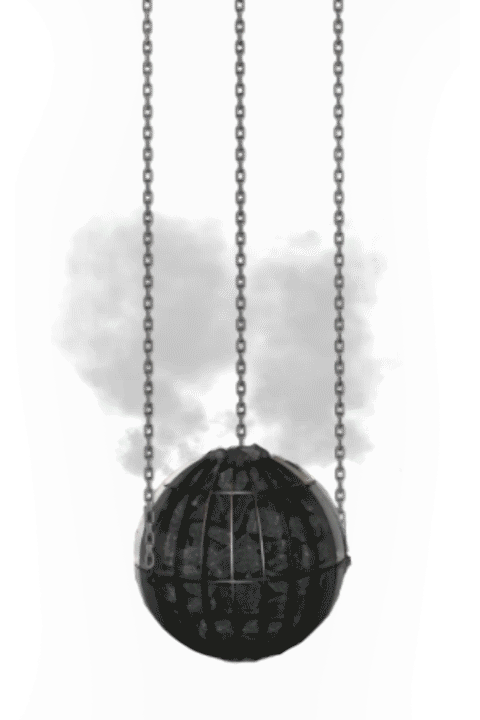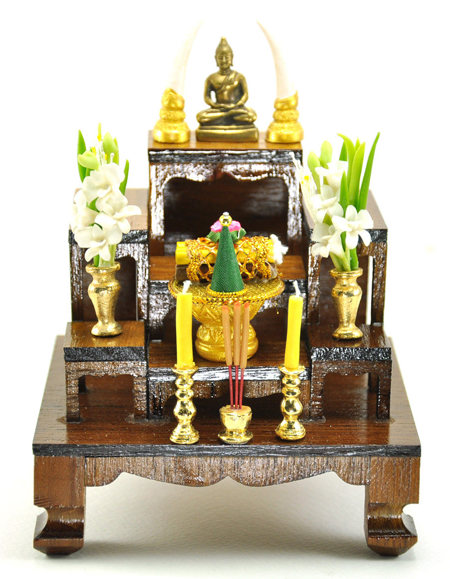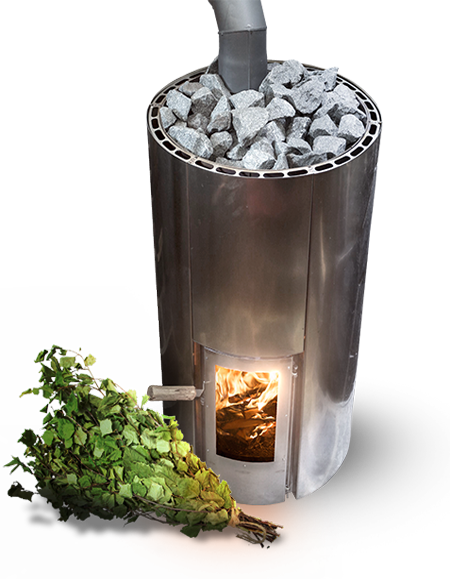Sacred Space vs. Sauna
Dating
back
to
as
early
as
1544,
Michael
Agricola,
the
Bishop
of
Turku
recommended
in
his
first
Finnish
Prayer
Book
the
using
of
sauna
all
year
round
(Konya,
1987).
Furthermore
in
the
middle
ages
the
sauna
also
“became
incorporated
into
Christian
rituals
of
purification”
(Edelsward,
1993:105)
and
was
part
of
the
tradition
of
going
clean
to
church
on
Sunday’s.
This
practice
explains
why
even
today
people
mostly
consume
the
sauna
on
weekends,
in
connection
to
family
evenings.
The
sauna
has
also
been
given
praise
in
the
Kalevala
(Finnish
national
epic).
It
is
a
collection
of
ancient
ballads
ranging
from
between
AD
600
and
1200,
and
compiled
in
the
middle
of
nineteenth
century,
there
are
“several
passages
which
record
what
ardent
(sauna)
bathers
its
heroes
where
(Konya,
1987:6)
and
from
about
50
poems
in
the
Kalevala,
13
refer
to
the
sauna
(Edelsward,
1993).
Sauna haltija - Sauna tonttu The saunahaltija or saunatonttu is a spirit, gnome or elf- like creature in Finnish mythology. It lives in the sauna and protects it, but also makes sure that nobody behaves improperly in it. Improperly meaning taking sauna too late or being disturbing or noisy in the sauna. The saunahaltija gets his own sauna whisk and water container and on Christmas it also gets some food. Upsetting the haltijas make the water drop from the rain gutter and the cold water boiling in the bucket. According the Finnish mythology Fennica (1789), Auteretar and her son Auterinen belong to the oldest löyly and sauna haltijas.
Common Features
- Silence
- Based on human proportions
- Natural/Organic materials
- Multi-sensory
- Set apart from the everyday
- Dimly lit
- Informed by Nature
Sacred Space
Hierarchies of Space
orientation and focus on object of greatest significance
Approach and Progression
distinct spaces / entrance, movement through shifts in scale
Articulated Boundaries
altar rail, raised sanctuary
Geometry and Proportion
vertical lift, based on human proportions

Sauna
Hierarchies of Space
seating in one direction facing west. attention is drawn toward the source of the heat
Approach and Progression
ritual of removing ones clothes in the changing room and washing before entering the sauna
Articulated Boundaries
seating rail, raised seating
Geometry and Proportion
entering and climbing, levels of seating
Sacred Space
Light
dramatic contrast of dim light and direct lighting toward sanctuary, seating is in the dimmest place
Material
natural/organic materials, vessels for water and oils
Preparatory Ritual
absolution room, baptistry
Ritual Performer
mediator/priest

Sauna
Light
usually dark in the sauna, lighting toward the source of the heat
Material
wood heater, water, wet branches, tar, stones
Preparatory Ritual
washing room, shower, changeroom
Ritual Performer
badmeister
Sacred Space
Instruments of Ritual
chalice, book, thurible, altar
Olfactory Experience
incense
Symbols
statues, candles, offerings,
Edibles
bread, wine, rice, honey

Sauna
Instruments of Ritual
branches, ladel, vessels
Olfactory Experience
tar, smoke, oils
Symbols
fire, smoke, steam, water, wood, tonttu
Edibles
meat, juice, pickles
WARMTH
The temperature of the sauna and darkness resemble the experience of being in the womb. The steam envelops the bather in such a way that one occasionally feels no separation between the edges of one's body and the steam. An experience of being one with the space provides an overwhelming sense of being connected.SENSE
A multi-sensory experience involving deafening silence interspersed with the sounds of water being thrown on the hot stones, the mild smell of smoke and tar, the feeling of being whipped by wet branches, the taste of makkara and the sight of steam rising and flames flickeringNATURE
The sauna is an experience of getting close to nature. Often positioned by a lake, the element of water plays a significant role in the ritual experience of the sauna. Most saunas are constructed of wood and the most ideal heater is fueled by locally sourced wood.SILENCE
“The silence is so loud that you can hear it.” Tapio WirkkalaThis silence naturally turns attention toward our inner life, allowing for introspection and contemplation. Learning to be comfortable with the silence promotes a meditative contemplation that comes as close as possible to prayer
The sauna is a sacred space
